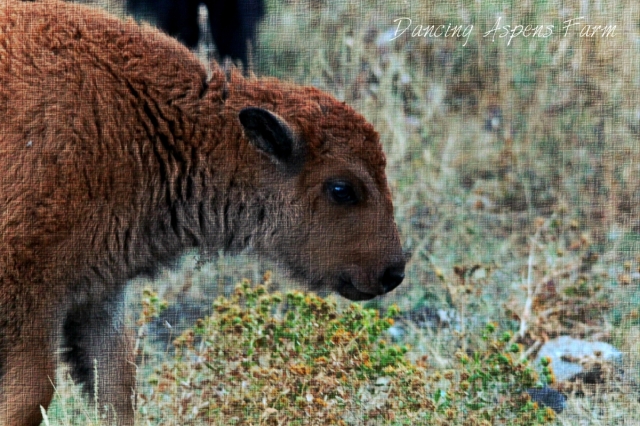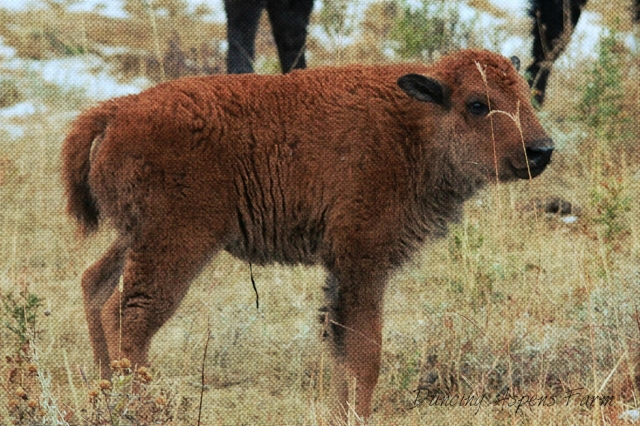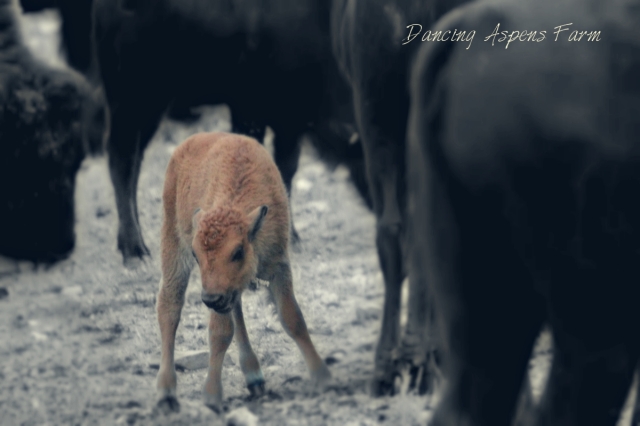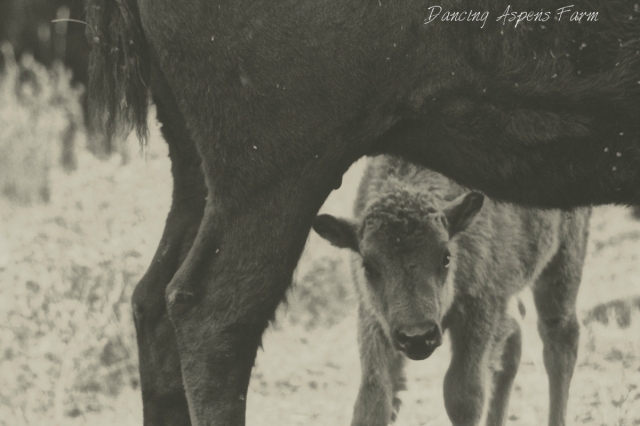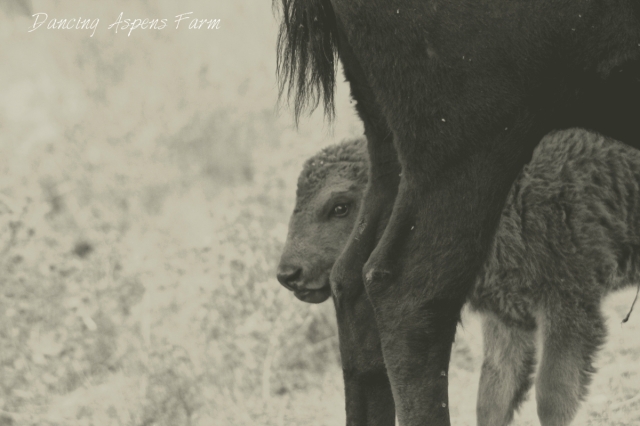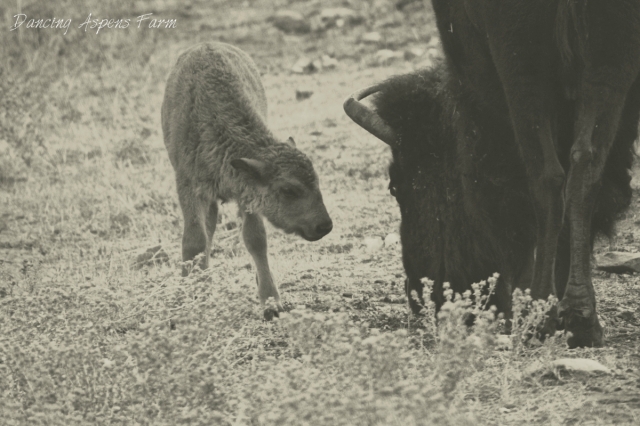We spotted this big mule deer while in South Dakota and the Bad Lands a few years ago…


Where do mule deer live?
Mule deer and black-tailed deer (collectively called mule deer, Odocoileus hemionus) are icons of the American West. They are distributed throughout western North America from the coastal islands of Alaska, down the West Coast to southern Baja Mexico and from the northern border of the Mexican state of Zacatecas, up through the Great Plains to the Canadian provinces of Saskatchewan, Alberta, British Columbia and the southern Yukon Territory.
Mule deer are primarily browsers, with a majority of their diet comprised of forbs (weeds) and browse (leaves and twigs of woody shrubs).
Deer digestive tracts differ from cattle and elk in that they have a smaller rumen in relation to their body size, so they must be more selective in their feeding. Instead of eating large quantities of low-quality feed like grass, deer must select the most nutritious plants and parts of plants.
Because of this, deer have more specific forage requirements than larger ruminants.
Why is mule deer and black-tailed deer habitat conservation necessary?
The MDF’s mission is necessary due to loss of habitat, predators, poaching, highways crossing through the middle of transitional ranges, and subdivisions being built on winter ranges.
Only landscape-scale conservation efforts can make long-term gains in mule deer abundance in many areas.
What does a mule deer look like?
Mule deer are generally easy to identify due to their large mule-like ears (generally 3/4 the length of the head).
They usually have a distinctive black forehead, or mask, that contrasts sharply with a light grey face. The lighter facial coloration makes the eye rings and muzzle markings seem less obvious.
Mule deer are brownish-gray in color, have a white rump patch and a small white tail with a black tip.
Mule deer usually live 9-11 years in the wild and can live to be much older when in captivity.
Mule deer range from 3 to 3-1/2 feet tall at the shoulder, 4-1/2 to 7 feet long and have a tail that is 5 to 8 inches long. They can weigh between 130-280 pounds. The female deer are smaller than the male.
For more information visit here...


And a little Bad Lands landscape…





















